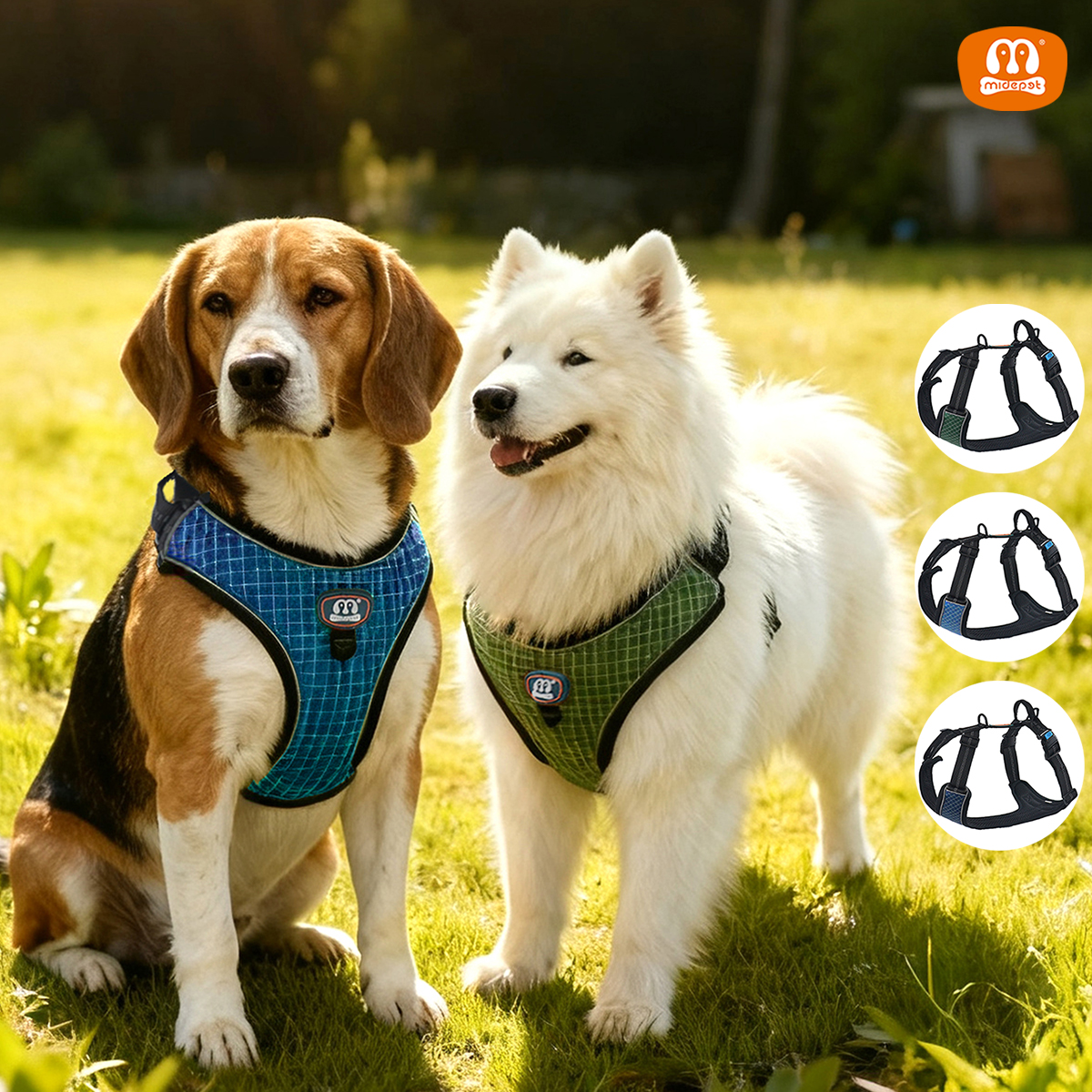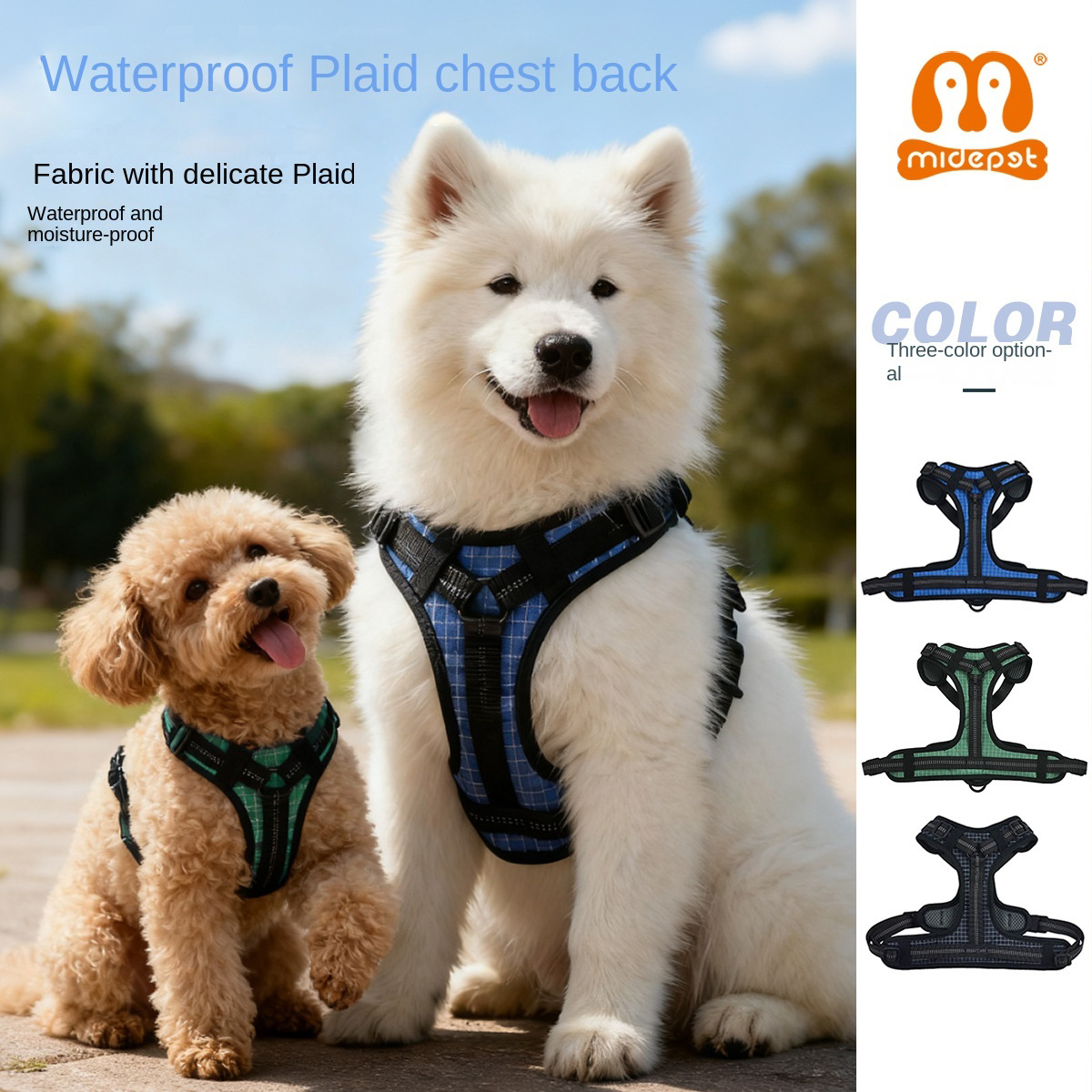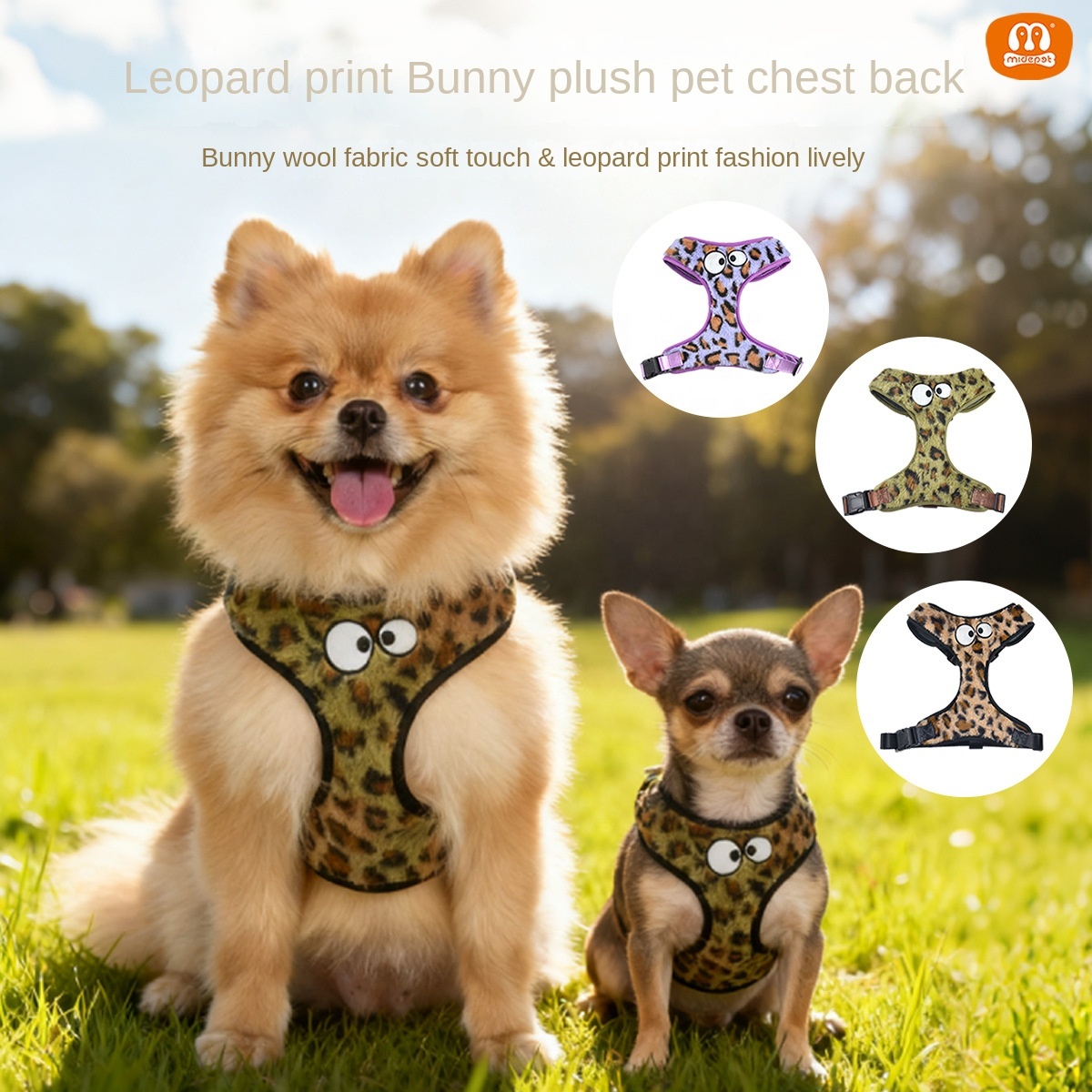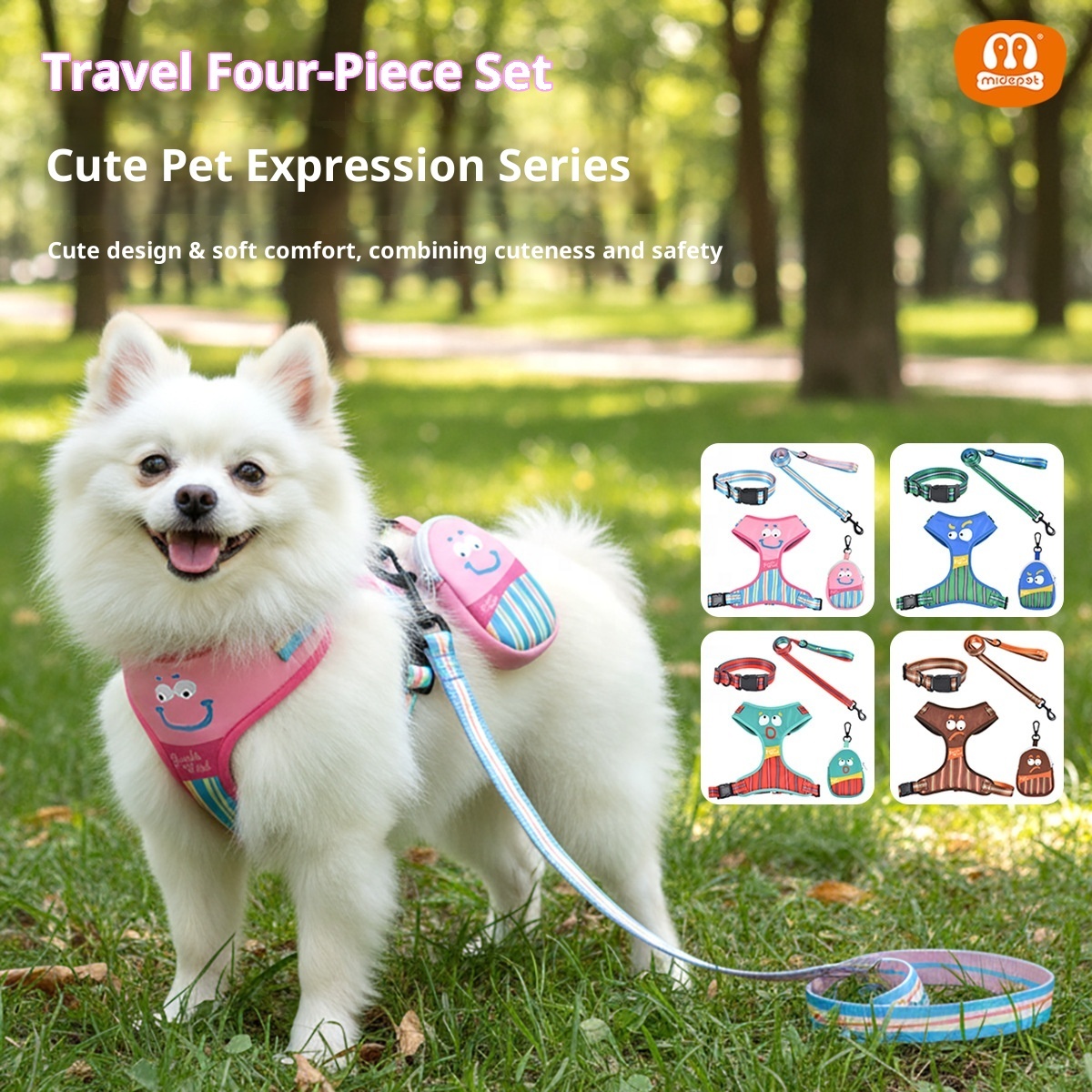How to Leash Train a Dog
Introduction
Leash training is an important part of developing your dog's good behavior and socialization skills. It not only strengthens the bond between pet and owner, but also ensures safety in public. Through training, dogs learn to follow commands and avoid danger while enjoying the freedom to roam.
Getting to know your dog
Before you begin, it is vital to understand your dog's temperament and energy level. Some dogs are naturally calm, while others have a lot of energy. Knowing your dog's personality will help you adjust your training methods. Generally, it's best to start leash training when your dog is a puppy, but older dogs can learn, it just takes more patience.

Choosing the right equipment
Leash and harness type: standard leashes are good for basic training, retractable leashes are good for open spaces, traditional harnesses provide basic support, and H-shaped harnesses are better suited to active dogs.
Size and fit: Make sure equipment fits comfortably and is neither too tight nor too loose to avoid discomfort or risk of escape.
Preparing for training
Positive environment: Choose a quiet, distraction-free space to start.
Rewards: Have small treats or toys available as positive incentives.
Schedule: Set a regular training time to avoid fatigue and frustration, and to create a habit.
Leash training steps
Accommodate your dog to the equipment: Allow your dog to wear the harness and leash for short periods of time around the house. This helps them to get used to wearing it.
Basic commands: Teach your dog the commands “sit”, “stand” And “heel”. These are useful for leash training and general obedience training.
Indoor walks: Start with short walks indoors. This is a safe space where your dog can learn without too many distractions.
Gradually increase: Slowly increase the length and distance of your walks. Start in the backyard and work your way up to quieter streets.
Correct behavior: If your dog pulls or lunges, stop the walk and wait for them to calm down. Reward good behavior with treats and praise.

Common challenges and solutions
Leashing: Stop walking when your dog pulls. Walk forward only when there is slack in the leash.
Fear or anxiety: If your dog is fearful, walk slowly and be patient. Gradually introduce them to the leash and walking outside.
Distraction: Use treats and calm voices to get your dog's attention.
Leash attack: If your dog shows aggression on the leash, work with a professional trainer.
Advanced leash training tips
Once your dog is comfortable on the leash, try walks in different environments. Practice in parks, urban areas, and other places with lots of distractions. Always use positive reinforcement and consistently enforce commands. Incorporate leash training into your daily routine to keep your dog sharp.
Maintaining good leash behavior
Keep reinforcing good behavior. Even if your dog is already trained, an occasional refresher is a good idea. Make training fun with games and rewards. Always be on the lookout for signs of nervousness or discomfort in your dog.








